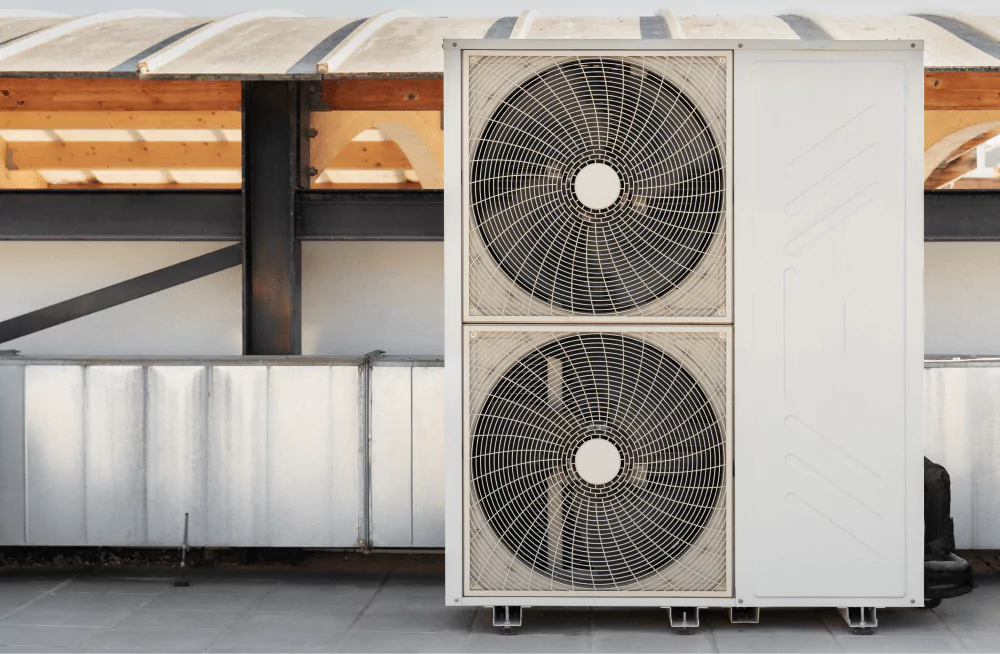
In the expansive realm of large-scale commercial spaces, achieving optimal indoor climate control involves more than just selecting a powerful HVAC system. The often-overlooked linchpin in this equation is the design of the ductwork. This blog post unravels the critical role of ductwork design in large-scale commercial HVAC solutions, shedding light on how meticulous engineering ensures efficient airflow, temperature regulation, and overall system performance.
Precision Engineering for Airflow Optimization
Ductwork design serves as the blueprint for directing airflow throughout a commercial space. Precision engineering is essential to optimize the distribution of conditioned air, ensuring that each area receives an adequate supply for efficient temperature control. Well-designed ductwork minimizes pressure losses and maintains consistent airflow from the HVAC system to occupied spaces.
Balancing Air Distribution
Large-scale commercial spaces often comprise diverse zones with varying heating and cooling requirements. Ductwork design facilitates the balancing of air distribution to ensure that each zone receives the appropriate amount of conditioned air. This balance is crucial for maintaining uniform temperatures and preventing discomfort in different areas of the facility.
Energy Efficiency through Duct Sealing
The efficiency of ductwork extends beyond its layout; it hinges on proper sealing. Leaks or gaps in ductwork can result in energy losses as conditioned air escapes before reaching its intended destination. Meticulous ductwork design incorporates sealing measures to minimize air leakage, enhancing energy efficiency and reducing operational costs.
Accommodating Airflow Velocity Requirements
Different areas within a large commercial space may have varying airflow velocity requirements. Ductwork design takes these considerations into account, ensuring that the velocity of conditioned air aligns with the needs of specific zones. This attention to detail contributes to comfort and prevents issues such as drafts or inadequate ventilation.
Temperature Consistency Across Zones
Maintaining consistent temperatures across diverse zones is a primary goal of ductwork design. By carefully calculating factors such as heat gain and loss, engineers can develop a ductwork system that delivers precise temperature control. This consistency is vital in large commercial settings where occupant comfort directly influences productivity and well-being.
Mitigating Air Pressure Variations
Large commercial HVAC systems often face challenges related to air pressure variations. Ductwork design incorporates measures to mitigate these variations, preventing issues like negative pressure in certain areas or uneven airflow. By addressing pressure differentials, engineers ensure that the HVAC system operates seamlessly throughout the facility.
Adapting to Building Layout and Constraints
The layout and structural constraints of a commercial building significantly influence ductwork design. Engineers must navigate around obstacles, utilize available spaces efficiently, and adapt to architectural nuances to create a ductwork system that seamlessly integrates with the building’s design while meeting performance requirements.
Noise Reduction Strategies
Large-scale HVAC systems can generate considerable noise, impacting the comfort and productivity of occupants. Ductwork design incorporates noise reduction strategies, such as the use of insulated ducts and vibration dampeners, to minimize sound transmission. This careful consideration enhances the overall indoor environment and ensures a quieter operation of the HVAC system.
Maintenance Accessibility
Efficient ductwork design includes provisions for ease of maintenance. Access points, dampers, and serviceable components are strategically placed to facilitate inspection, cleaning, and repairs. This accessibility is crucial for minimizing downtime, optimizing system performance, and extending the lifespan of the HVAC equipment.
Future-Proofing for System Upgrades
Ductwork design should be forward-thinking, considering potential system upgrades or expansions. A well-designed ductwork system allows for scalability, making it easier to integrate new technologies or adapt to changing HVAC requirements without the need for extensive modifications.
Conclusion
In the complex landscape of large-scale commercial HVAC solutions, the significance of ductwork design cannot be overstated. Meticulous engineering ensures that airflow is optimized, temperatures are consistent, and the system operates efficiently throughout the facility. As businesses invest in HVAC solutions for their expansive spaces, understanding the critical role of ductwork design becomes paramount. By prioritizing precision and efficiency in ductwork engineering, businesses can create a comfortable, energy-efficient, and adaptable indoor environment that aligns with their operational needs.